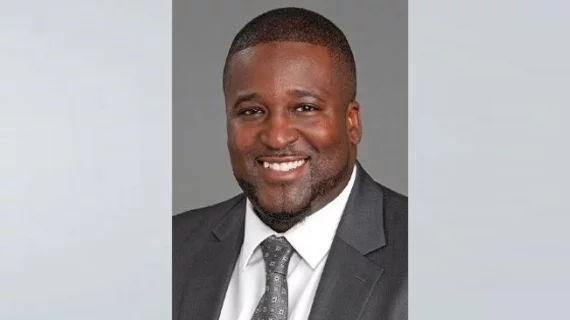Bring on the Bots: Introducing AI into the Revenue Cycle
As costs continue to rise, healthcare organizations must become more efficient with collecting, says Anthony Cunningham, MBA, vice president of Patient Financial Services at Wake Forest Baptist Health. One approach, he explains, is deploying staff away from repetitive tasks and “toward high-value-add work.”
That’s where artificial intelligence, or AI, comes in. Cunningham is launching an AI strategy at Wake Forest that will use bots to check the status of outstanding claims and notify payers about patient admissions. The bots will perform these tasks while freeing up staff to tackle complex cases, which can result “in more dollars for the organization,” he says. “Where we previously had staff logging on to the payers’ websites, checking fields A through D and then returning with the value in field E, we’ve built bots to take the exact same actions that a staff member would,” he explains. These are simple tasks, exactly where AI excels, he adds.
Don’t confuse AI with machine learning, he emphasizes, noting that Wake Forest’s C-suite was quick to buy in on using AI for such “transactional” tasks in part because it’s low-risk work. Machine learning, which analyzes data and uses algorithms, is a bigger challenge, and errors have greater implications.
Another reason the bot strategy won easy acceptance, he says, is that it is building capacity without hiring more staff. First, it frees up the revenue cycle team to focus on complex accounts-receivable tasks and, second, the bots work 24/7. The result, Cunningham believes, is an opportunity to dramatically increase productivity. “It may have the potential of replicating the productivity of up to 13 full-time FTEs without hiring another person,” he says.
Also, his staff will be doing more interesting, engaging work, which carries less risk for burnout. “We want to improve the employee experience by giving them more thought tasks, vs. redundant work,” he says.
Sync’ing with other strategies
After Wake Forest perfects its use of AI for claims checking and admissions notifications, they'll turn to simple authorizations, those that don’t require much back and forth with payers on clinical issues. Next will be exploring the feasibility of using machine learning to capture efficiencies in clinical documentation. This is a bigger lift “because you start getting into clinical outcomes and introducing more risk. You have to be very strategic.”
While Wake Forest isn’t the first to get into these areas, Cunningham’s overarching goal is to get ahead of the curve—“to get mature in the marketplace and be ready to use it as new options develop.”
For operational leaders who want to wade into these waters, he recommends thinking about their culture. Are you comfortable embracing change, trying innovative ways to reduce costs? Does your management team have the technical capability and confidence to try leveraging new technology without being “overly aggressive and introducing unwarranted risk”?
AI isn’t going away, Cunningham insists. “To meet the demand of improving collections, you have to think of innovative ways to interact with payers,” he says. “AI can get you there if you leverage it appropriately.”
See the related story: Margin, Mission, Mindset: Healthcare Organizations Take on Another Priority—Protecting Their Patients’ Financial Health

